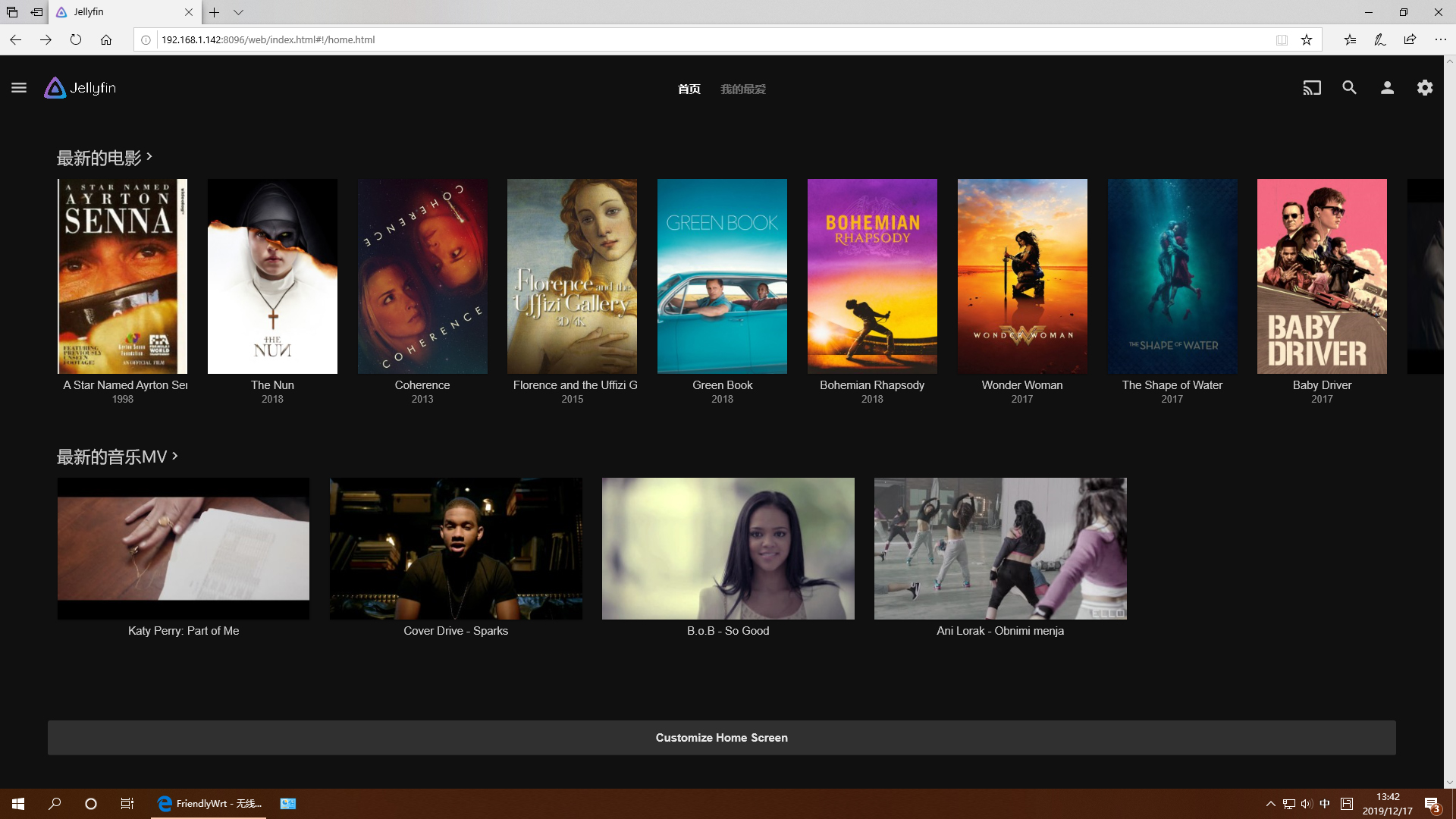Difference between revisions of "Template:FriendlyWrt19"
(updated by API) |
(→Compile FriendlyWrt) |
||
| Line 72: | Line 72: | ||
===Compile FriendlyWrt=== | ===Compile FriendlyWrt=== | ||
| − | Refer | + | ====Download Code==== |
| + | <syntaxhighlight lang="bash"> | ||
| + | mkdir friendlywrt-rk3328 | ||
| + | cd friendlywrt-rk3328 | ||
| + | repo init -u https://github.com/friendlyarm/friendlywrt_manifests -b master-v19.07.1 -m rk3328.xml --repo-url=https://github.com/friendlyarm/repo --no-clone-bundle | ||
| + | repo sync -c --no-clone-bundle | ||
| + | </syntaxhighlight> | ||
| + | ====1-key Compile==== | ||
| + | <syntaxhighlight lang="bash"> | ||
| + | ./build.sh nanopi_r2.mk | ||
| + | </syntaxhighlight> | ||
| + | All the components (including u-boot, kernel, and friendlywrt) are compiled and the sd card image will be generated. | ||
| + | ===Compile u-boot,kernel or friendlywrt=== | ||
| + | * Refer to: | ||
| + | ** [https://github.com/friendlyarm/sd-fuse_rk3328 sd-fuse_rk3328] | ||
| + | ** [[How to Build FriendlyWrt]] | ||
Revision as of 02:37, 19 May 2020
Contents
1 Work with FriendlyWrt
1.1 Introduction to FriendlyWrt
FriendlyWrt is a customized system made by FriendlyElec based on an OpenWrt distribution. It is open source and well suitable for developing IoT applications, NAS applications, smart home gateways etc.
1.2 Account & Password
By default the password is NULL. You can set a password for root for web and SSH login.
1.3 Network Connection
Use a network cable to connect {{{1}}}'s WAN to a master router and the board will get an IP address via DHCP. Login into the router and check {{{1}}}'s IP address.
1.4 Login FriendlyWrt
Type {{{1}}}'s IP address or http://friendlywrt/ in a browser's address bar and enter to open FriendlyWrt's administration page or you can login into FriendlyWrt's administration page via SSH.
By default, the IP address of the LAN port is 192.168.2.1, and the WAN will dynamically obtain the IP address from your main router.
1.5 Install Software Packages
1.5.1 Update Package List
Before install software packages update the package list:
$ opkg update
1.5.2 List Available Packages
$ opkg list
1.5.3 List Installed Packages
$ opkg list-installed
1.5.4 Install Packages
$ opkg install <package names>
1.5.5 Remove Packages
$ opkg remove <package names>
1.6 Work with Docker Applications
1.6.1 Work with Docker: Install JellyBin
mkdir -p /jellyfin/config mkdir -p /jellyfin/videos docker run --restart=always -d -p 8096:8096 -v /jellyfin/config:/config -v /jellyfin/videos:/videos jellyfin/jellyfin:10.1.0-arm64 -name myjellyfin
After installation, visit port 8096 and here is what you would find:

1.6.2 Work with Docker: Install Personal Nextcloud
mkdir /nextcloud -p docker run -d -p 8888:80 --name nextcloud -v /nextcloud/:/var/www/html/ --restart=always --privileged=true arm64v8/nextcloud
After installtion, visit port 8888.
1.7 Enable Swap Partition
Run the following commands in a commandline utility and reboot:
/etc/enable-swap.sh reboot
1.8 Mount smbfs
mount -t cifs //192.168.1.10/shared /movie -o username=xxx,password=yyy,file_mode=0644
1.9 Compile FriendlyWrt
1.9.1 Download Code
mkdir friendlywrt-rk3328 cd friendlywrt-rk3328 repo init -u https://github.com/friendlyarm/friendlywrt_manifests -b master-v19.07.1 -m rk3328.xml --repo-url=https://github.com/friendlyarm/repo --no-clone-bundle repo sync -c --no-clone-bundle
1.9.2 1-key Compile
./build.sh nanopi_r2.mkAll the components (including u-boot, kernel, and friendlywrt) are compiled and the sd card image will be generated.
1.10 Compile u-boot,kernel or friendlywrt
- Refer to: